Have you ever wondered which country is the best and most advanced in terms of implementing BIM technology? Which country supports the BIM development in the highest level and where are executed the most awarded projects? Is the BIM common in your country, and how does it look like compared to other countries? What is level of BIM in Norway?
With the BIM Corner website, we have the chance and pleasure to exchange opinions and experiences with people from all over the world, either in the comment section under the articles, in emails or private messages. As the authors of the articles, we rely on our experience gained mainly from Norway. Working with BIM and seeing how it’s perceived in this country, you can easily come up with a simplified idea and assume it is the same like this everywhere. But we are realizing more and more often how lucky are we to work right here.
We are frequently asked what it really looks like when it comes to the level of BIM-implementation and use of this technology in Norway. Looking at it objectively, Norway is in the lead in the world – if it is not actually in the first place in this category. However, the most interesting thing is to find the answer to the following question: Why is it like that? Why Norway, as well as other Scandinavian countries, are at such a high BIM level?
A map showing the level of BIM technology around the world, with the Nordic countries on the first place. The file was made available courtesy of the Nemetschek Group.
Table of contents
- BIM requirements set by the authorities.
- ‘Bottom-up’ market initiative.
- Norwegian software producers.
- BIM education in Norway.
- Relatively small market.
- Norway is a prosperous country.
- Multiculturalism – professionals from all over the world.
- Sharing knowledge on BIM.
- The biggest BIM projects in Norway.
1. BIM requirements set by the authorities.
To answer the question of why the use of BIM is so advanced in Norway, the easiest explanation would be to identify the external factors causing particular reactions on the market – these are, among others, the requirements of the authorities. Below we will present a short history and the main state organizations which contributed to such a situation.
1.1. Statsbygg, the Norwegian Directorate of Public Construction and Property, already in 2005 conducted a pilot project named HiTOS, verifying the possibilities of using the .IFC format (the conclusions and results of the project are available in English here).
To standardize the requirements for BIM projects, Statsbygg released the first Norwegian ‘BIM manual’ version 1.0 in 2008. The present version, based on an earlier 2013 edition, is called SIMBA
The whole handbook will be updated in January 2021 under the name SIMBA 2.0. (Link to the site in Norwegian).
Since 2010, all Statsbygg projects require the use of the open .IFC format for the entire construction and operational cycle.
1.2. Statens vegvesen (SVV in short, the Norwegian equivalent of the General Directorate for National Roads and Highways) began developing the V770 handbook for data model output (in Norwegian: ‘Modellgrunnlag’) as early as 2010 and the first version was released in 2012 (called ‘138 Modellgrunnlag’). At this moment, they are working on a revision of the current version from 2015, which will be adapted to the evolving technology and market. After the introduction of the new revision, it will be required to follow the methods described there. In practice, it means a 3D modeling with data output control will be the norm in all future road projects.
In terms of the bridge and structural design in infrastructure, there is the N400 handbook released in 2015. It allows for model-based design, simultaneously setting specific requirements, e.g.:
- It is necessary to use open BIM-formats.
- The accuracy of the model should be at least as precise as on traditional drawings.
- The surveying data are taken from the 3D model.
- Some 2D drawings should be made, including, among others, an overview drawing of the structure.
1.3. Nye Veier (the organization in charge of supervising the construction of long highway sections, commonly in the design and build system) has been convinced since its establishment in 2015 that all future projects should be based on the BIM model. Therefore, it held many conferences for contractors and designers presenting its strategies for using BIM technology. In the latest ‘design and build’ projects, Nye Veier requires the use of ‘BIM Level 3’, where, among other things, all information is contained in one model while data is stored on integrated servers, in open file standards.
BIM requirements from Nye Veier. Image taken from presentation ‘BIM strategi i Nye Veier’.
1.4. BaneNOR (Norwegian State Railways) is relatively more conservative when it comes to the use of BIM technology. However, the organization has also seen the advantages of using BIM technology and requires that the methods and tools based on BIM modeling should be used for planning, design, and construction on all railway infrastructure projects.
In turn, not long ago, in the autumn of 2019, they started developing a new standard – the KIM project (https://www.banenor.no/kim), aimed at defining common requirements for information-based modeling, namely, based on BIM technology. It will describe the requirements for roads, railways, and other structures for the road-rail combination ‘design and build’ project called ‘Fellesprosjektet Ringeriksbanen og E16’. BaneNOR invited for consultation designers and suppliers who can provide their ideas and comments on the new standard.
2. ‘Bottom-up’ market initiative.
Almost simultaneously, often before the requirements set by the authorities, the design and construction companies themselves began to use BIM technology in their own work. You could say it happened more or less naturally. As software capabilities developed, design companies began to take an interest in the ways BIM and 3D modeling can reduce the number of hours required to provide the project and guarantee quality, for example, by reducing the number of collisions in the models.
On the other side, construction companies in Norway have already been using machines for measurements for a long time, which were then sent to a 3D model. However, the use of BIM in its present form began around 2010. The first major project which became a milestone was the Vamma hydroelectric power station (Vamma kraftverk, link to the construction company who executed the project), for which the Norwegian design company received the BIM award for innovative use of the technology.
Also nowadays, certain contractors, despite the lack of customer requirements, decide to carry out a ‘design and build’ project using BIM technology. A good example might be the Randselva bridge on the E16 express road section, designed and currently being built without drawings, fully in BIM. One of the creators of BIM Corner, Konrad Naborczyk, participated in the tendering and construction process working in the execution company, while another, Krzysztof Wojsław, works on it as a designer. After finalizing the structure it will be the biggest bridge in the world done totally in the BIM technology.
3. Norwegian software producers.
Norwegian software producers have a great impact on the country’s construction market. It is impossible to name all of the companies, but the following are among the largest influencers.
3.1. Vianova Systems AS – develops software for infrastructure: Novapoint and Quadri. In 2015 Vianova was bought by the American giant Trimble.
3.2. Powel AS – established in 1996 in Trondheim, a company providing Gemini software, dedicated to the infrastructure market.
3.3. Catenda AS – a software producer since 2009 offering Bimsync® – the platform for cloud-based collaboration. A member of the buildingSMART.
3.4. Focus Software AS – at the time of its establishment in 1996, it was the first company to provide Autodesk Revit and AutoCAD Civil 3D in Norway. Currently, it is both a distributor of Autodesk software and has its own solutions, including BIM technology.
3.5. Rendra AS – became a part of the JDM Technology Group in January 2018, providing StreamBIM software. It is a cloud-based platform for cooperation between all participants in the construction process.
3.6. dRofus AS – offering software under the same name: dRofus, which is a database closely cooperating with BIM models. It is used for planning and managing of data on huge and complicated construction projects all over the world. Our colleague Konrad Fugas from BIM Corner is a remarkable representative of this company.
3.7. Tribia AS -previously known as Symetri Collaboration. It provides, among others, BIMEYE and Interaxo software, designed for cooperation in BIM technology and database management.
3.8. DDS-CAD – or Data Design System AS, established in 1984 in Stavanger. It provides BIM software for planning, cost estimation, simulation, and project documentation.
3.9. Norconsult Informasjonssystemer AS – NoIS for short, belonging to Norconsult AS design company. It offers its own solutions under the common name ISY. Ignacy Łoziński, a member of BIM Corner, is part of the NoIS team and is responsible for creating software used on the largest infrastructure projects in Norway.
3.10. EDRMedeso – consists of the Norwegian company EDR, established in 1986, as well as the Swedish company Medeso, which after they merged in 2012, share a common name. It provides software as well as courses, training and implementation in companies. Janusz Majcher, our next co-founder of BIM Corner, works in the company’s main office in Lysaker, a suburb of Oslo.
4. BIM education in Norway
Representatives of Norwegian education system have quickly noticed that new technologies also require a new model of teaching. It was a natural course of action – state organizations began to test and require the use of BIM, for which it was necessary to have the engineers trained in this area. In 2008, in Fagskolen (from Norwegian: technical school) in Oslo, the first 13 people to receive the title of BIM-technician began their education. In recent years, the school has been releasing several dozen graduates.
Nowadays, the list of institutions conducting BIM studies or courses is much more extensive. It is available on a Norwegian website of buildingSMART:
https://buildingsmart.no/utdanning/utdanningssteder
Besides studies typically focused on working with BIM technology, it is worth mentioning courses with VDC (Virtual Design and Construction – what is VDC?). Besides studies typically focused on working with BIM technology, it is worth mentioning courses with VDC (Virtual Design and Construction) certification. In Norway, the VDC methodology has been used in practice since around 2010. Afterwards, individual companies either sent their employees to Stanford University for a course or invited representatives from Stanford University to organize a training at their premises. Seeing the market demand, the largest technical university in Norway, NTNU in Trondheim, initiated a partnership with Stanford University in 2019 and is now organizing and running its own VDC-certified course together. It is conducted by Martin Fischer, one of the creators of this methodology. The course is being organized for the first time on such a scale, and yet the 200-seat limit has been filled up very quickly. One of the course participants is our BIM Corner colleague Krzysztof Wojsław. After last year’s success and positive feedback from the industry, NTNU announced a repetition of the course in 2020.
The first edition of the VDC course with certification on the technical university NTNU in Trondheim has gathered around 200 participants – source: https://twitter.com/vdcnorway.
5. Relatively small market.
Let’s not deceive ourselves – in a small country with about 5 million inhabitants, the construction market is also relatively small. The number of design and construction companies is accordingly smaller. When it comes to introducing the new technologies, this is an undoubted advantage – for example, there are six major, large design companies in Norway (Norconsult, Multiconsult, SWECO, COWI, Asplan Viak, Rambøll) controlling the majority of the market. When one of them decides to implement some kind of innovation that gives them a competitive advantage, the industry is somehow forced to follow them, otherwise, they will not be able to adapt to the evolving demands of the market.
The same applies to contractors, especially large local companies such as AF Gruppen, Skanska, Veidekke, Betonmast or Hæhre Entreprenør. To ensure their competitiveness, they are forced to develop constantly and invest in the new technologies.
6. Norway is a prosperous country.
Everyone knows that introducing something new requires both time and money. At the moment, Scandinavia is one of the richest regions in the world. Why is money so important? Well, new technologies require investments. You should take the time to explore the subject, check and purchase the appropriate software and tools. The next step is to investigate and use them properly through courses and training for personnel and employees.
You also have to be aware that even after a well-planned and conducted BIM introduction to a given organization, you will encounter many challenges on your first projects. These, in turn, may lead to a failure to fulfill the expectations set out in terms of reducing project costs. Unfortunately, when starting something new, we often have to learn from our own mistakes. Just as some companies, e.g. in Poland, would be forced to dismiss employees or declare bankruptcy, in Norway wealthier organizations are more likely to afford mistakes and devote more time to what works and what should be avoided.
7. Multiculturalism - professionals from all over the world.
Norway is open to other cultures and frequently takes the best out of them. Good working and living conditions in Scandinavia, with the accompanying crisis in other countries in Europe and around the world, have attracted specialists in various fields to Norway. We also see it in our daily work – during meetings with other Norwegian companies, we repeatedly meet the engineers from Poland and other countries. Foreigners are working as well in public institutions, also in high positions. Of course, it’s required to speak Norwegian, as the documentation and contracts are in this language.
Companies providing software from all over the world are also highly interested in the Norwegian market – precisely since BIM is at a very high level, and software is required to meet customer demands, just as BIM Level III.
Access to specialists from all over the world, having different experiences and being open to new challenges, significantly facilitates innovation and technology.
In fact, you do not have to look far for examples – BIM Corner has been established by 6 civil engineers from… Poland:-)
8. Sharing knowledge on BIM.
A particularly interesting initiative is Prosjekt Norge, an organization run by the NTNU Technical University of Trondheim, cooperating with other of Norway’s most prestigious universities. Its main goal is to develop, research and create a forum for the exchange of experience between universities, governmental organizations and various industries, including construction, in conducting projects.
Recently, Prosjekt Norge has started intensive work related to the BIM technology – such as the creation of CoP (Community of Practices) working groups and organizing meetings on cooperation in the industry in the digital age (https://www.prosjektnorge.no/hvaskjer/cophoved/cop-digitalisering/), or on VDC (Virtual Design and Construction) https://www.prosjektnorge.no/hvaskjer/cophoved/ka-vdc/.
It’s worth mentioning that people from various companies – designers, contractors, customers, suppliers – attend such meetings to discuss and share their experiences.
Other organizations, such as the public Statens vegvesen or Nye Veier, but also private organizations, such as BIMfag, also organize meetings concerning BIM. These meetings, courses or presentations aim to be as close as possible to what is happening in the industry, and learn about the experiences and insights from people who work in the field daily.
9. The biggest BIM projects in Norway.
Complicated and large projects require specific solutions. It often happens that the customer wishes something that in practice does not exist yet on the market – like the requirements for BIM Level III just a few years ago. For designers and contractors, it can be frustrating on the one hand, but it also forces them to look for and test new solutions. Planned projects for the upcoming decades in Norway, such as the E39 Ferjefri – a ‘ferry-free’ road on the west coast of Norway connecting Kristiansand to Trondheim – is an engineering challenge itself:
https://www.vegvesen.no/en/roads/Roads+and+bridges/Road+projects/e39coastalhighwayroute/news/norway-takes-on-its-largest-infrastructure-project-in-modern-history
Plus general information on the E39:
https://www.vegvesen.no/en/roads/Roads+and+bridges/Road+projects/e39coastalhighwayroute
Among other things, this project involves the construction of fjord crossings up to 5 km long and 550 meters deep!
We are proud that as BIM Corner, we also have our small contribution to these large, prestigious projects – Marcin Pszczółka is working on the E39 at one of its sections, from Kristiansand to Mandal.
Other projects such as the construction of the Munch Museum or the National Museum, the extension of the terminals of Oslo Gardermoen main airport, hydropower plants, and other infrastructure projects require a new approach to the execution, where BIM plays a key role.
One of the biggest infrastructure projects in the world for the coming years: the E39 hihghway from Kristiansand to Trondheim. Source: https://www.vegvesen.no/Vegprosjekter/ferjefriE39
BIM level in Norway – summary.
It is extremely hard to answer the question about which country is the ‘best’ in terms of BIM use. There is no doubt, however, that Norway is one of the best in the world. In the present article, we have described the reasons behind this situation. Starting with the interest, willingness and requirements of public organizations, through the cooperation of designers and contractors, the intensive process of introducing BIM in Norway has taken over 10 years. Many countries and organizations wishing to start working with BIM or bringing it to a higher level can learn a lot from this process.
What is the level of use of BIM technology in your country? Share your experience with us in the comment section below, or send us an e-mail at [email protected]!
Extra information.
This post is inspired by the following articles:
- https://www.novapoint.com/norway-lead-model-use-road-construction
- https://www.novapoint.com/full-digitizing-essential-success
As well as many awards received in recent years by engineers (from all over the world) working in Norwegian companies, for example:
- https://www.cowi.com/about/news-and-press/norwegian-hospital-is-the-world-best-digital-construction-project
- https://www.norconsult.com/press/news/norconsult-wins-international-bim-award-in-usa/
In Norwegian:
- https://www.cowi.com/about/news-and-press/cowi-and-nordic-in-the-frontline-with-innovative-bim
- https://no.ramboll.com/presse/nyheter/rno/vant%20internasjonal%20pris%20for%203d-modell
- https://www.byggfakta.no/link-vinner-verdensmesterskap-i-bim-117143/nyhet.html
- https://www.fremtidensbygg.no/statsbygg-prosjekt-vant-internasjonal-pris/

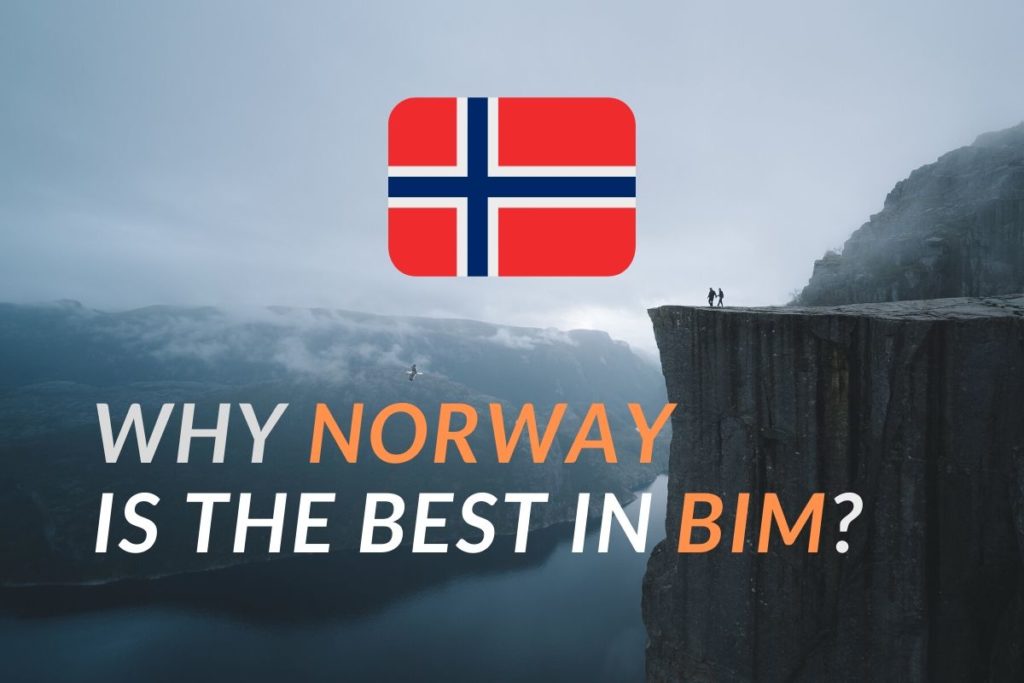
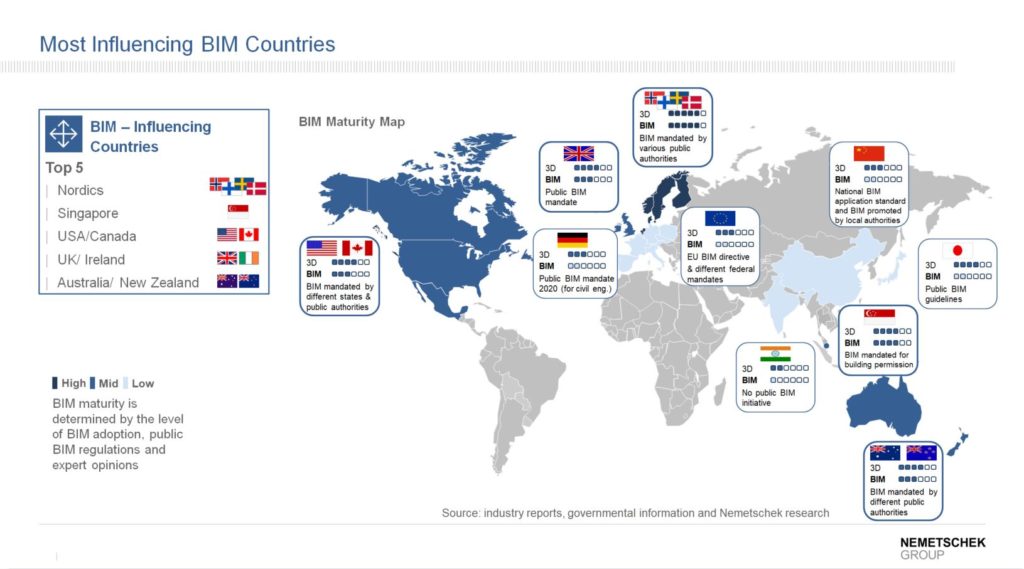
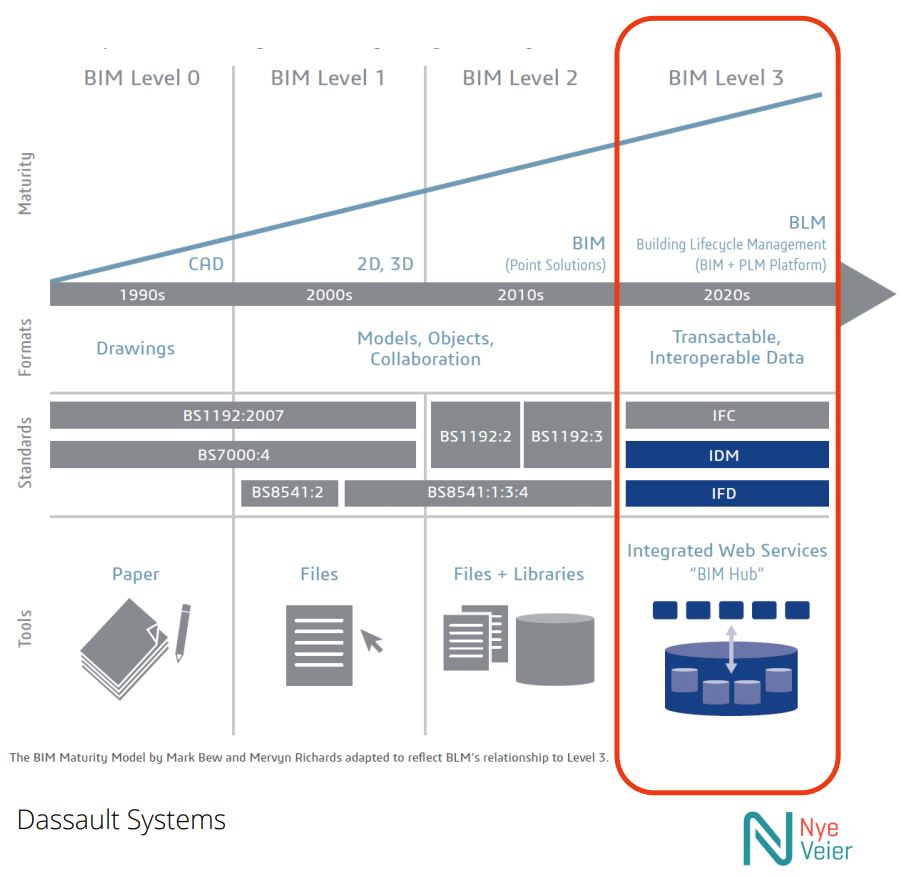



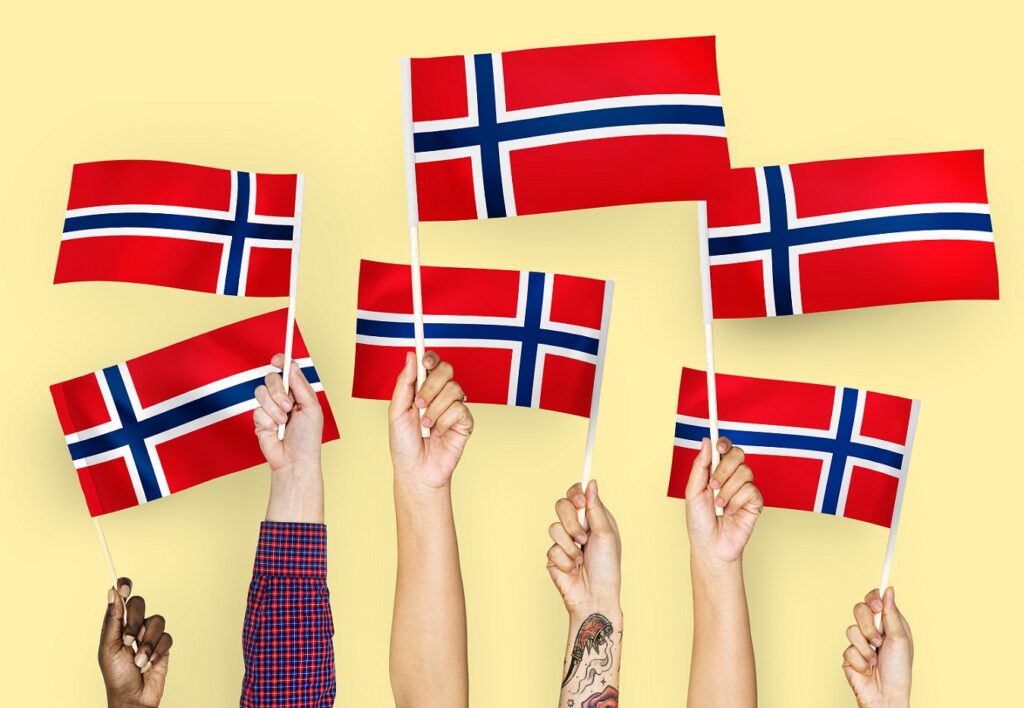
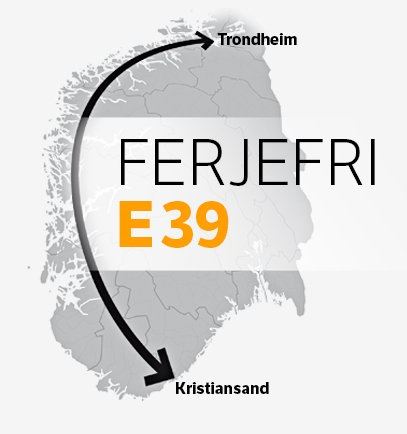








What about the language barrier for expats who would like to work in Norway?
Hello Mert,
This is an interesting question and depends on a lot of things, among them: type of industry, project, part of the country, company, your experience, client, contract and need for specific expertise. Generally, in the construction industry the contracts are in Norwegian language (some also have an English version as an attachment), however, I have a lot of friends who work in Norway without speaking the language. This again has a different reason in every case: for example some work in international companies, some work on specific contracts where English is a contractual language and some are experts in their field.
The bottom line is, if you plan to move to Norway, I recommend you study Norwegian – as in every country, it is better to speak the local language:-)
Thanks for reading our articles!
Konrad